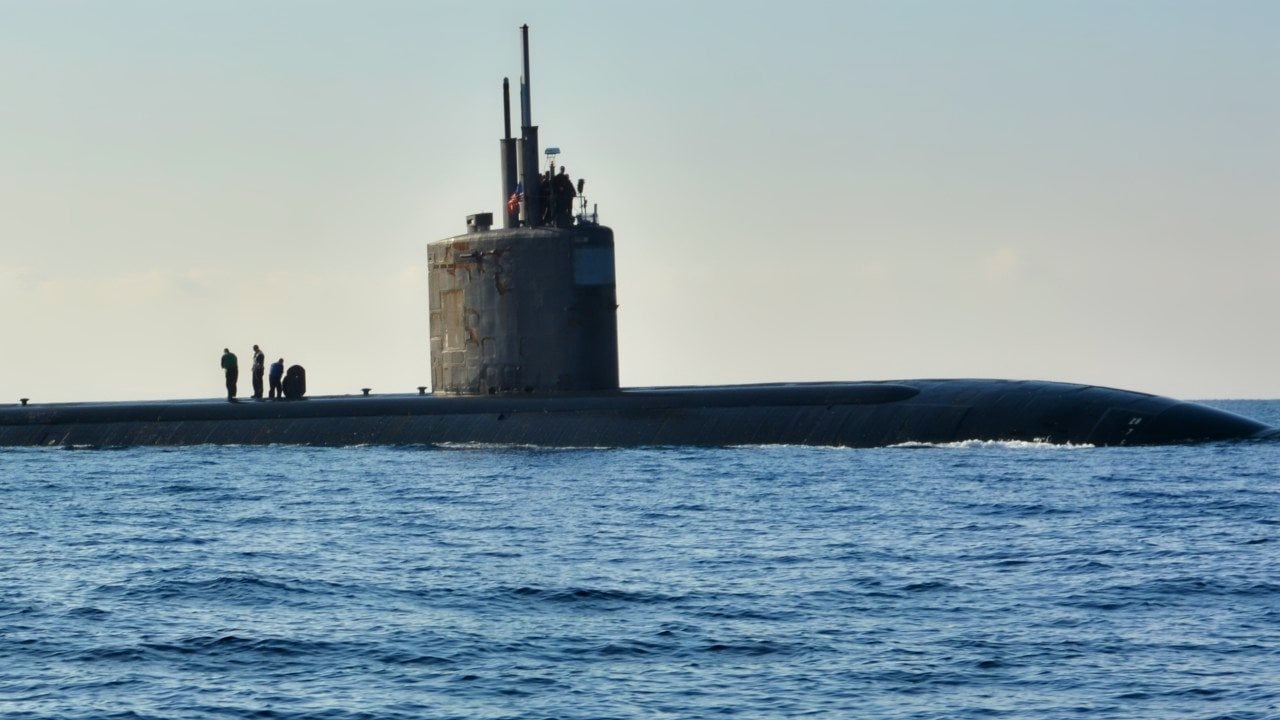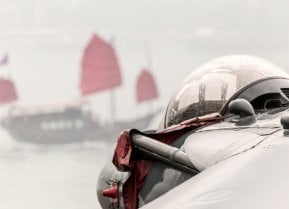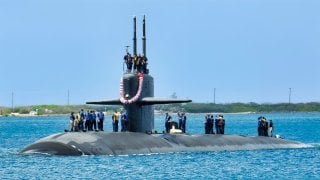The Navy Freaked: How a Nuclear Attack Submarine Crashed Into a Tanker
In the Fall of 2002, a Norwegian tanker, the Norman Lady, collided with an unidentified object in the Mediterranean, which was later identified as the American nuclear submarine USS Oklahoma City. Fortunately, no injuries or significant environmental damage occurred.
Summary and Key Points: In the Fall of 2002, a Norwegian tanker, the Norman Lady, collided with an unidentified object in the Mediterranean, which was later identified as the American nuclear submarine USS Oklahoma City. Fortunately, no injuries or significant environmental damage occurred.
-The Oklahoma City sustained damage to its radar mast and periscope, requiring repairs in Sardinia.
-The submarine continued to serve until its decommissioning in 2022.
-The tanker, built in 1973, could carry 87,000 cubic meters of liquefied natural gas. The collision highlighted potential environmental risks, especially concerning nuclear-powered vessels.
Norwegian Tanker Collides with US Nuclear Submarine in 2002 Incident
In the Fall of 2002, a Norwegian tanker claimed to have collided with an unidentified object in the open Mediterranean. But according to the company owning the tanker, Leif Hoegh, the unidentified object was identifiable, actually, as an American nuclear submarine.
“The company said the vessel, which had just unloaded a cargo of explosive natural gas in Barcelona, Spain, struck a submerged object,” CNN reported back on Nov. 15, 2002. “The collision took place the same time and place as the U.S. Navy reported a collision between its Oklahoma City attack submarine and an unknown merchant vessel.”
Mystery solved. It appeared that Leif Hoegh’s theory was correct. The company’s president, Thor Joergen Guttormsen, told Reuters he believed there was a “strong likelihood” that the tanker collided with the submarine. “We can’t be absolutely certain; we are awaiting a report from the U.S. authorities,” Guttormsen said at the time.
The Tale of Two Ships
Fortunately, no one on either vessel was injured. And fortunately, there were no reported leaks of oil resulting from the incident. “The tanks are high above the hull and are built to withstand collisions like this,” Guttormsen said.
The tanker in question is the Norman Lady, which was built in 1973 and can carry up to 87,000 cubic meters of liquefied natural gas.
Obviously, the chance encounter could have been much worse. The tanker has the capacity to cause significant environmental harm if damaged in a way that releases oil into the environment.
The nuclear submarine has an even higher potential for causing catastrophe, as the vessel is nuclear-powered. Were a nuclear reactor to sink, the spent nuclear fuel could leak into surrounding waters, causing nuclear contamination. The environmental and economic consequences would potentially be significant, causing the International Atomic Energy Agency to recommend against sinking nuclear reactors, sealed or otherwise, especially in shallow waters.
While the USS Oklahoma City did not sink, the vessel did sustain more damage than the Norman Lady. The Oklahoma City suffered damage to her radar mast on the sail section, which refused to raise, and to one of her periscopes, which refused to lower. Additionally, some of the submarine's doors to the sail were jammed. All things considered, however, the damage was modest. The submarine was taken to La Maddalena, Sardinia, for repairs. The commanding officer was relieved of command two weeks after the collision. Three more crew members – one officer and two enlisted men – were also disciplined for dereliction of duty.
The USS Oklahoma City Submarine
The USS Oklahoma City was commissioned in 1988 as a Los Angeles-class fast attack submarine. Each Los Angeles-class submarine cost about $1.86 billion when the 1990 price tag of $900 million is adjusted for inflation. The vessel measured 362 feet long and displaced nearly 7,000 tons when submerged. The submarine could operate at a test depth as low as 450 meters and only needed to be refueled once every 30 years.

The Oklahoma City served for 20 more years after colliding with the Norman Lady and was only decommissioned in 2022.
About the Author: Harrison Kass
Harrison Kass is a defense and national security writer with over 1,000 total pieces on issues involving global affairs. An attorney, pilot, guitarist, and minor pro hockey player, Harrison joined the US Air Force as a Pilot Trainee but was medically discharged. Harrison holds a BA from Lake Forest College, a JD from the University of Oregon, and an MA from New York University. Harrison listens to Dokken.
All images are Creative Commons.


